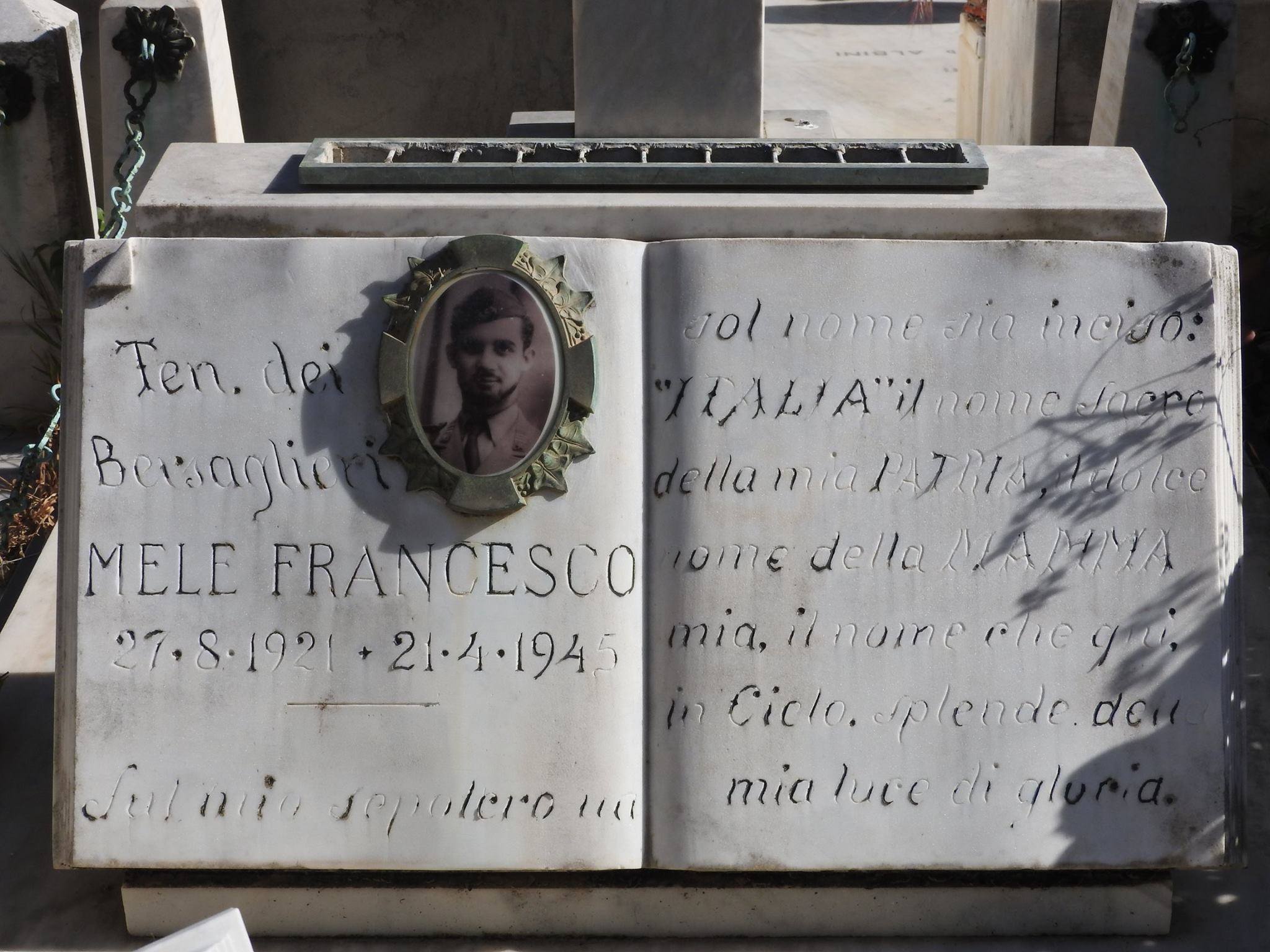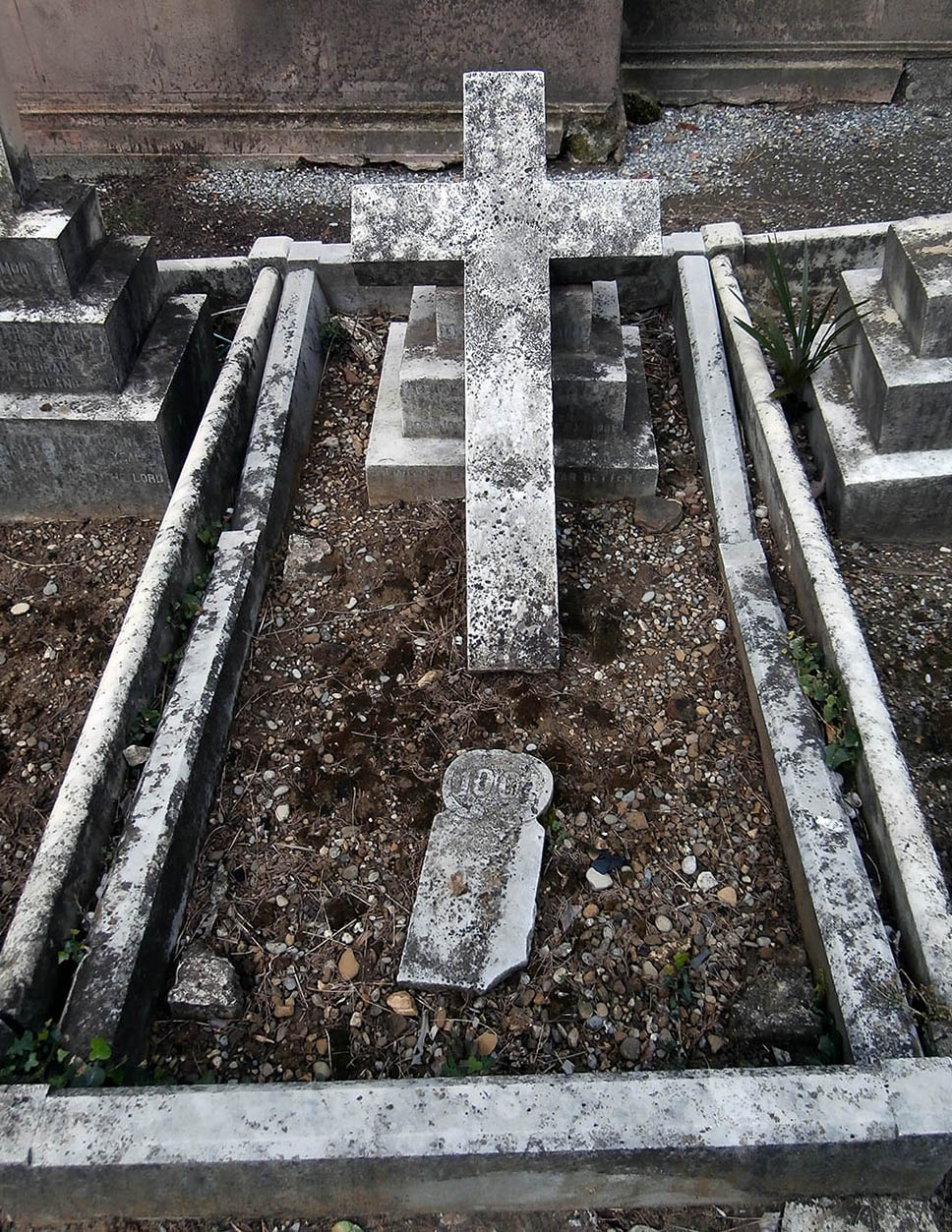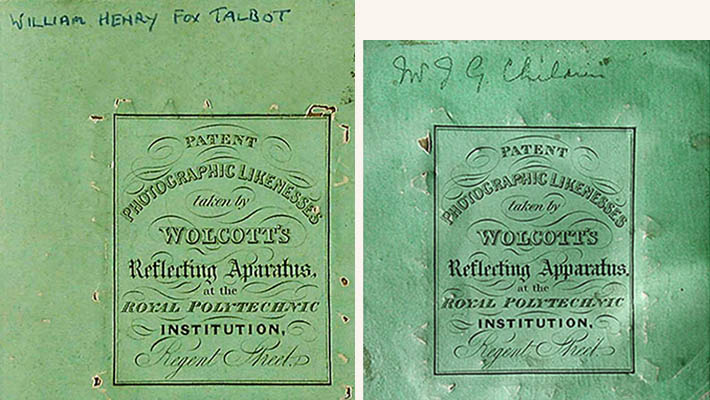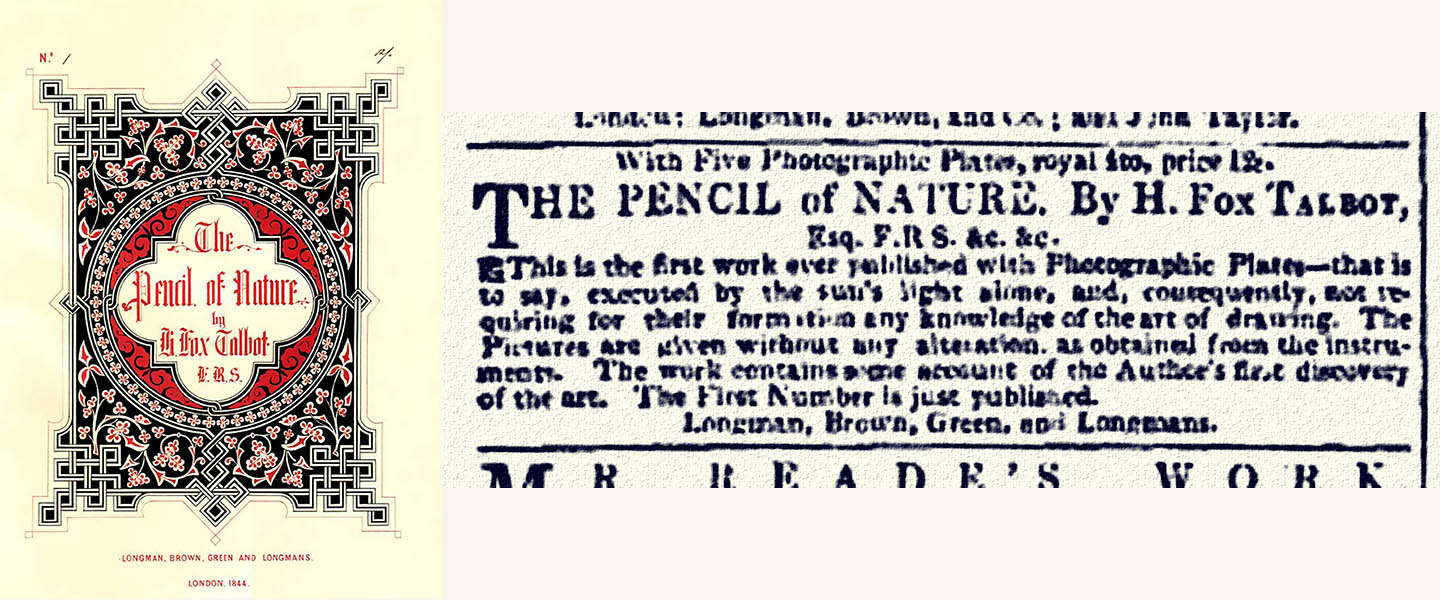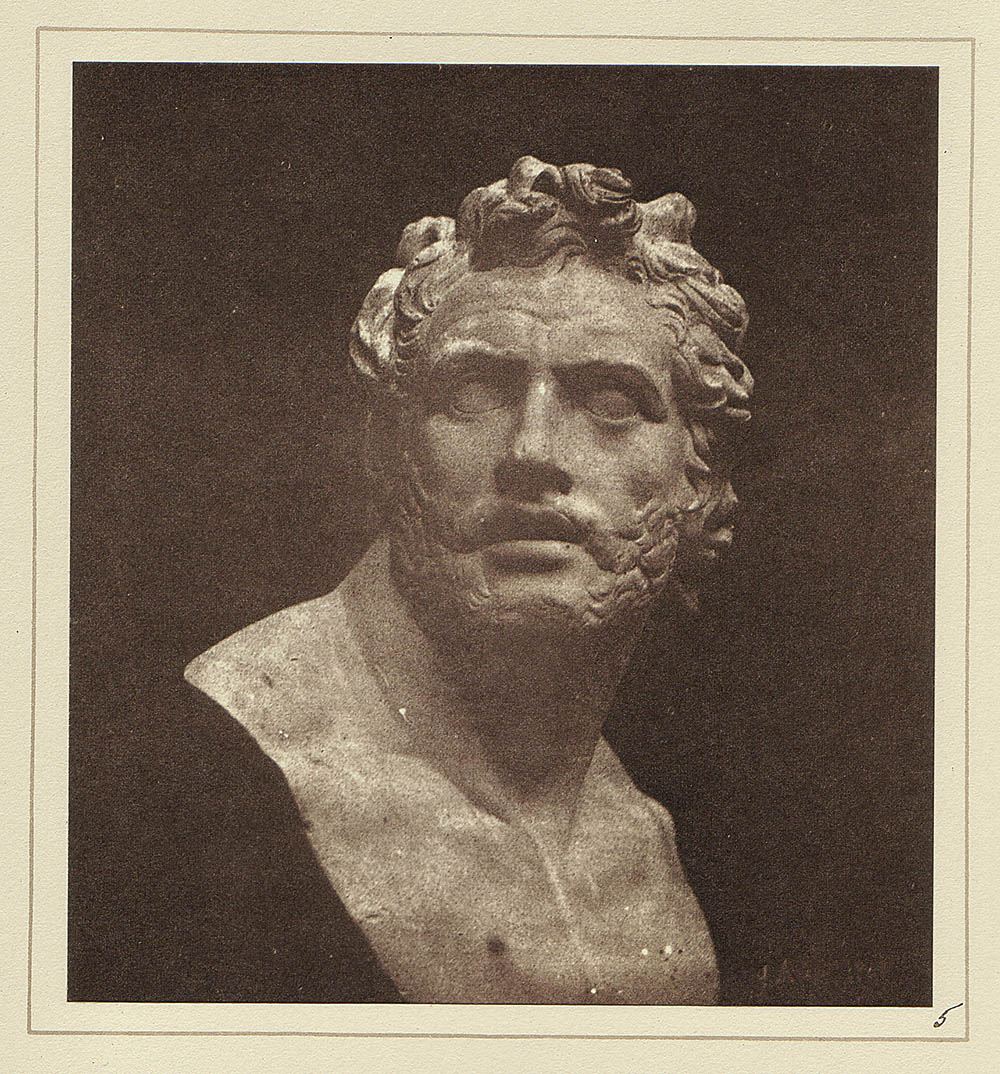
It was around 1982 or 1983 that I bought my first Winchester drive for my IBM-PC. My friends heckled me for paying as much as a good used car would have cost (from memory, around $3000 then) to get a massive hard drive that nobody would ever be able to fill. But my Talbot files were growing rapidly. The drive, by the way, had the fabulous capacity of 10 megabytes. Yes, probably about as much memory as a disposable musical greeting card would boast of today.
In May we announced a planned change in direction for this website that was based on your feedback. Instead of publishing full records one by one, we have been looking into publishing at least partial records of the 25,000 or so negatives and prints that I have in my database. This change was implemented this week and you should now have access to a far larger number of records. Many of them will be skeletal and not yet illustrated but we are filling out these records just as fast as our limited staff will allow. Be patient with the search engine – there are some anomalies and some quirkiness in its present state but work is continuing on refining it. We are still in beta and are sharing as much information with the public as much as possible and as fast as possible. The goal is to have all the records completed by this time next year.
And please keep up your feedback – it has been most helpful.
Rosamond’s gravesite has been found!
Last week I appealed for help in finding the grave of Rosamond Constance, Henry’s second daughter, who was buried in San Remo, Italy. An 1883 visitor to this cemetery noted that “at the head of many of the tombstones, photographs of the deceased are placed – a curious custom, but one that has much to recommend it” and I hoped that Rosamond’s portrait might be there, courtesy of her father’s invention.
The Rotary Club of Sanremo has been part of the volunteer effort to restore this cemetery. Their past president, Claudio Sparago, is also the Coordinator of the Project for Cimitero monumentale della Foce, and he immediately pointed me to their facebook page. It has many illustrations of the graves there, including a number of photo-ceramic illustrated ones. He also put me in touch with Silvia Salvini, a PhD Student in Earth Sciences at the University of Padua, who is an active member of the (new to me )ASCE – the Association of Significant Cemeteries in Europe. She had made an active study of the San Remo cemetery largely because of the large number of important people buried there and had presented a paper on this topic in Bucharest in 2015. Although Rosamond has only a brief mention in it, you might find this pdf of her paper interesting for indicating the diversity of the residents of this cemetery.
Silvia Salvini had confirmed the location of Rosamond’s grave, no. 1004, through the official burial records and had photographed it in its current state. The inscription, in lead letters, appears to be intact but is on the underside of the cross, which is currently in too precarious a state to move. Her transcription from what she could see was
IN LOVING MEMORY OF
ROSAMUND CONSTANCE
2ND DAUGHTER OF W.H. FOX TALBOT
OF LACOCK ABBEY WILTS
BORN 16 MARCH 1837 DIED 7 MAY 1906
“WITH CHRIST WHICH IS FAR BETTER”
[ … ]
I retain hope that a ceramic photograph might be discovered when the grave is restored. The restoration efforts are being done by volunteers. Rosamond never married so there are no direct heirs that might support fixing up her grave. If any extended family members are reading this, or anyone else who might have an interest in seeing this done, please let me know and I’ll put you in touch with Claudio Sparago and Silvia Salvini.
Earlier this month Geoff Batchen included the label from a Richard Beard daguerreotype of Talbot in his guest blog. Quite by chance, the following week I published a blog including a piece on Anna Atkins, along with a Beard daguerreotype of her father, John George Children. In private correspondence, Geoff pointed out the misspelling ‘Aparatus’ on the Talbot label. And he was quick to spot the fact that this had been corrected by the time of Children’s sitting (of course this assumes a linear progression of improvement – as an alternative, could the printer of the second label have made a mistake in copying the first?). But it seems convincing and bolsters Geoff’s argument that the daguerreotype of Talbot might have been one of the first daguerreotypes to come out of Beard’s studio.
 If you know of examples of other Beard/Wolcott labels please let me know, ideally with an illustration but at least with the spelling indicated. And if you know of any positively dated ones that would be even better. I can offer a free lifetime subscription to this blog to anyone who can contribute to cracking this mystery.
If you know of examples of other Beard/Wolcott labels please let me know, ideally with an illustration but at least with the spelling indicated. And if you know of any positively dated ones that would be even better. I can offer a free lifetime subscription to this blog to anyone who can contribute to cracking this mystery.Tomorrow, the 24th of June in 1844, Henry Talbot published his first fascicle of The Pencil of Nature. It was an extraordinarily brave and ambitious project on which to embark and it embodied all his hopes for and confidence in the art of photography.
Today, on 23 June 1844, Talbot wrote to his friend, the Editor of the Literary Gazette, William Jerdan, a person who was to evolve as one of his staunchest supporters:
 “I intend sending you a Copy of my new work the Pencil of Nature which I expect will be published tomorrow. I have met with difficulties innumerable in this first attempt at Photographic publication, & therefore I hope all imperfections will be candidly allowed for, and excused – I have every reason to hope the work will improve greatly as it proceeds, & that British Talent will come forward and assist the enterprise The Complexity of the Art requires a division of labour; one person should invent new processes while another puts in execution those already ascertained, but hitherto I have been the chief operator myself in the different branches of the invention.”
“I intend sending you a Copy of my new work the Pencil of Nature which I expect will be published tomorrow. I have met with difficulties innumerable in this first attempt at Photographic publication, & therefore I hope all imperfections will be candidly allowed for, and excused – I have every reason to hope the work will improve greatly as it proceeds, & that British Talent will come forward and assist the enterprise The Complexity of the Art requires a division of labour; one person should invent new processes while another puts in execution those already ascertained, but hitherto I have been the chief operator myself in the different branches of the invention.”
Talbot was already signalling that his ambition was that others would take over the art. He originally projected that he would publish ten or twelve fascicles of five plates each. All the plates were original salt prints produced by Nicolaas Henneman’s establishment in Reading.
In the end, Talbot’s vision proved to extend beyond his reach and the project collapsed after the first six fascicles were published. But this pioneering publication had a lasting effect on the direction that photography was to take. So let’s let Henry have the final word on his own photographs, quoting extracts from his published text.

I. Part of Queen’s College, Oxford
“This building presents on its surface the most evident marks of the injuries of time and weather, in the abraded state of the stone, which probably was of a bad quality originally. The view is taken from the other side of the High Street—looking North. The time is morning. In the distance is seen at the end of a narrow street the Church of St. Peter’s in the East, said to be the most ancient church in Oxford.”
II. View of the Boulevards at Paris
“This view was taken from one of the upper windows of the Hotel de Douvres…the time is the afternoon. The sun is just quitting the range of buildings adorned with columns: its façade is already in the shade, but a single shutter standing open projects far enough forward to catch a gleam of sunshine…they have just been watering the road, which has produced two broad bands of shade upon it…a whole forest of chimneys borders the horizon: for, the instrument chronicles whatever it sees, and certainly would delineate a chimney-pot or a chimney-sweeper with the same impartiality as it would the Apollo of Belvedere”
III. Articles of China
“From the specimen here given it is sufficiently manifest, that the whole cabinet of a…collector…might be depicted on paper in little more time than it would take him to make a written inventory…and would a thief afterwards purloin the treasures—if the mute testimony of the picture were to be produced against him in court—it would certainly be evidence of a novel kind…. The articles represented on this plate are numerous: but, however numerous the objects—however complicated the arrangement—the Camera depicts them all at once”
IV. Articles of Glass
“The photogenic images of glass articles impress the sensitive paper with a very peculiar touch, which is quite different from that of the China…white china and glass do not succeed well when represented together, because the picture of the china, from its superior brightness, is completed before that of the glass is well begun”
V. Bust of Patroclus
“Statues, busts, and other specimens of sculpture, are generally well represented by the Photographic Art…these delineations are susceptible of an almost unlimited variety…a better effect is obtained by delineating them in cloudy weather than in sunshine. For, the sunshine causes such strong shadows as sometimes to confuse the subject. To prevent this, it is a good plan to hold a white cloth on one side of the statue at a little distance to reflect back the sun’s rays and cause a faint illumination of the parts which would otherwise be lost in shadow.”
Larry J Schaaf
• Questions or Comments? Please contact digitalsupport@bodleian.ox.ac.uk • Photo of Seagate 10mb hard drive courtesy of onthewight.com . • Arthur Hill Hassall, San Remo, Climatically and Medically Considered (London: Longmans, Green, and Co., 1883), p. 16. • WHFT to William Jerdan, 23 June 1844, Gernsheim Collection, Harry Ransom Center, The University of Texas at Austin; Talbot Correspondence Document no. 05013. • Advertisement, The Examiner (London), 29 June 1844. • The Pencil of Nature cover and plates courtesy of Hans P Kraus, Jr, Inc, New York; ‘Oxford’, Schaaf 1461; ‘Paris’, Schaaf 128; ‘China’, Schaaf 68; ‘Glass’, Schaaf 69; ‘Patroclus’, Schaaf 190.

